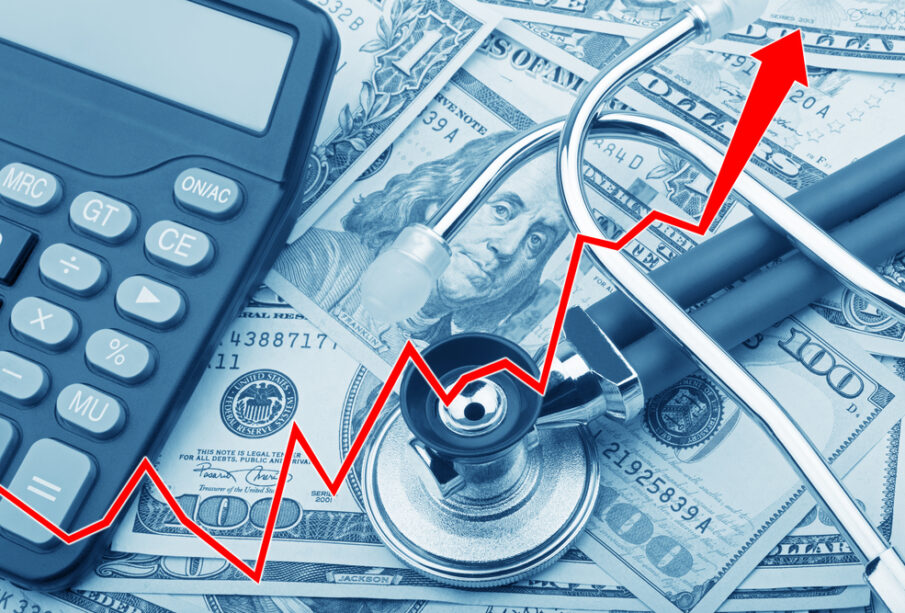Understanding the Hidden Costs of Healthcare in Retirement Planning

Amidst the careful planning for retirement, one crucial aspect often overlooked is the rising costs associated with healthcare. Referred to as healthcare inflation, it presents a significant threat to financial stability during retirement. As individuals age, the likelihood of dealing with chronic health conditions requiring expensive treatments and medications increases. However, recent studies reveal a concerning trend – the underestimation of healthcare costs in retirement by many pre-retirees.
In a survey conducted by the Nationwide Retirement Institute®, respondents estimated their average healthcare expenses during retirement at $55,000. However, the reality is much harsher, with actual costs exceeding three times that amount, reaching $172,000. Such miscalculations in retirement planning can expose individuals to significant financial risk.
“Given the outpacing of healthcare inflation compared to general inflation rates, federal employees must realistically anticipate the rising costs of deductibles and copayments over the next two to three decades.”
Analyzing Healthcare Inflation Compared to General Inflation Trends
According to data from the Peterson-KFF Health System Tracker, the average cost of medical care, including provider services, insurance, pharmaceuticals, and medical equipment, has increased by 114.3% since 2000. In contrast, during the same period, prices across all consumer goods and services rose by 80.8%. With healthcare inflation surpassing general inflation rates, federal employees need to take a practical approach to plan for the inevitable increase in healthcare expenses over the coming decades.
Primary Factors Driving Healthcare Inflation
The soaring costs of prescription drugs stand out as a significant driver. Government studies show a staggering 30% increase in the average price of prescription medications in 2022 alone. Additionally, the aging demographic of the U.S. population exacerbates the situation. With approximately 10,000 baby boomers turning 65 daily, there will be a surge in retirees facing age-related health issues requiring frequent medical interventions and additional medications. Administrative expenses also contribute to the rising healthcare costs, currently accounting for around 25% of total healthcare spending.
Rapid Rise in Long-Term Care Costs
The latest statistics from 2023 published by the World Population Review highlight the alarming increase in long-term care (LTC) expenses. The average monthly cost for a private room in a nursing home is $10,104, while a semi-private room averages $9,167 per month. As non-medical, custodial care is not covered by FEHB or Medicare, retirees bear the entire expense unless they have secured a Long-Term Care (LTC) insurance policy.
Government projections paint a grim outlook, indicating a faster rate of increase in LTC service costs compared to overall healthcare expenses over the next decade. Projections anticipate consumer out-of-pocket expenditures to increase from under $13 billion in 2019 to over $27 billion by 2030.














